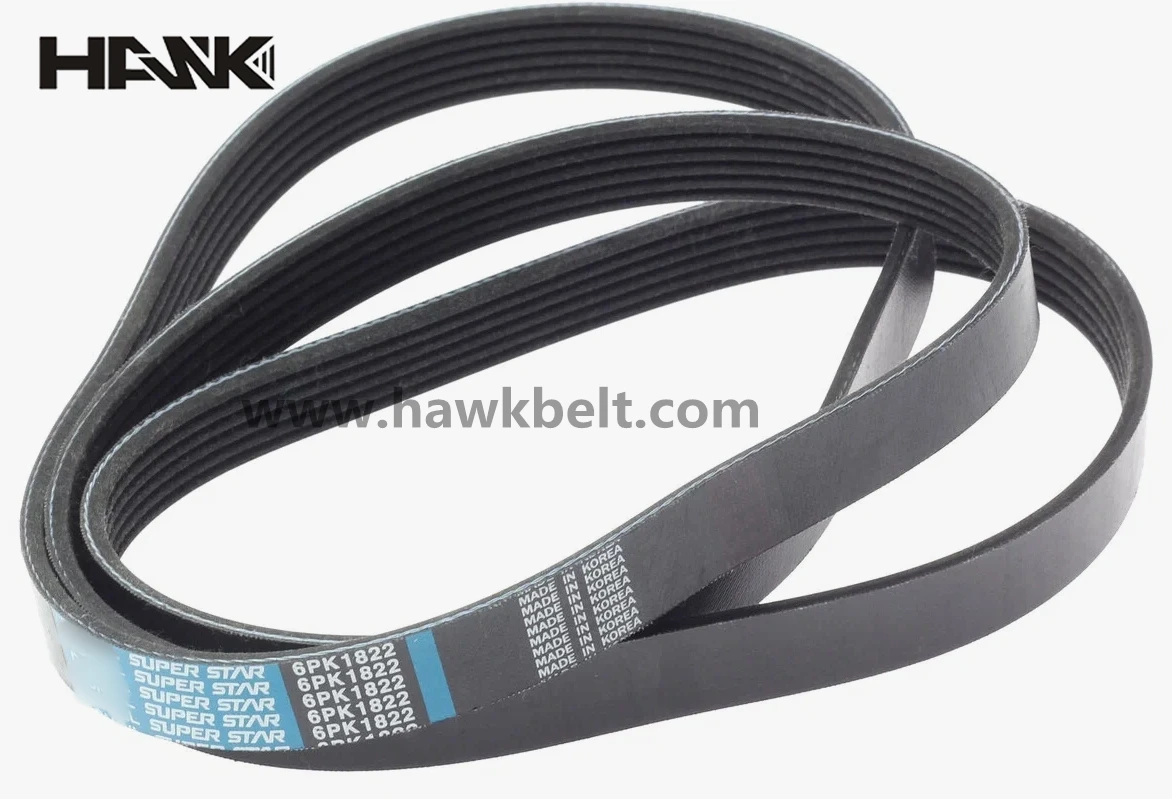- Arabic
- French
- Russian
- Spanish
- Portuguese
- Turkish
- Armenian
- English
- Albanian
- Amharic
- Azerbaijani
- Basque
- Belarusian
- Bengali
- Bosnian
- Bulgarian
- Catalan
- Cebuano
- Corsican
- Croatian
- Czech
- Danish
- Dutch
- Afrikaans
- Esperanto
- Estonian
- Finnish
- Frisian
- Galician
- Georgian
- German
- Greek
- Gujarati
- Haitian Creole
- hausa
- hawaiian
- Hebrew
- Hindi
- Miao
- Hungarian
- Icelandic
- igbo
- Indonesian
- irish
- Italian
- Japanese
- Javanese
- Kannada
- kazakh
- Khmer
- Rwandese
- Korean
- Kurdish
- Kyrgyz
- Lao
- Latin
- Latvian
- Lithuanian
- Luxembourgish
- Macedonian
- Malgashi
- Malay
- Malayalam
- Maltese
- Maori
- Marathi
- Mongolian
- Myanmar
- Nepali
- Norwegian
- Norwegian
- Occitan
- Pashto
- Persian
- Polish
- Punjabi
- Romanian
- Samoan
- Scottish Gaelic
- Serbian
- Sesotho
- Shona
- Sindhi
- Sinhala
- Slovak
- Slovenian
- Somali
- Sundanese
- Swahili
- Swedish
- Tagalog
- Tajik
- Tamil
- Tatar
- Telugu
- Thai
- Turkmen
- Ukrainian
- Urdu
- Uighur
- Uzbek
- Vietnamese
- Welsh
- Bantu
- Yiddish
- Yoruba
- Zulu
Dis . 03, 2024 18:50 Back to list
Choosing the Right 4PK Fan Belt for Your Vehicle Maintenance Needs
Understanding the Importance of the Fan Belt (4PK)
The fan belt, commonly known as a serpentine belt or accessory drive belt, plays a crucial role in the functioning of an automobile’s engine. Specifically, the term 4PK refers to a particular type of fan belt, which has four ribs. This designation is essential for compatibility with various vehicles, as belts are manufactured in different sizes and rib counts to meet the specifications of different engines.
What is a Fan Belt?
The fan belt is primarily responsible for driving multiple engine accessories, such as the alternator, power steering pump, water pump, and air conditioning compressor. By connecting these components to the engine’s crankshaft, the fan belt ensures that they operate smoothly and efficiently, supporting the overall functionality of the vehicle.
The Mechanism of the 4PK Fan Belt
The 4PK fan belt features four distinct ribs that enhance its grip and durability. The design allows it to maintain tension and prevent slippage, which is crucial for optimal performance. Its ribbed structure facilitates better contact with the pulleys, ensuring that the power is transmitted effectively from the engine to the accessories. This design is particularly useful for high-torque applications, where consistent performance is necessary.
Signs of Wear and Tear
Like all vehicle components, the 4PK fan belt is subject to wear and tear over time. Common signs that indicate a failing fan belt include squeaking noises when the engine is running, visible cracks or fraying on the belt’s surface, and a decrease in the performance of accessories such as dimming headlights or reduced power steering effectiveness. It is essential for vehicle owners to regularly inspect their fan belts and replace them as needed to prevent further damage to the engine components.
Recommended Maintenance Practices
fan belt 4pk

To prolong the life of a fan belt, vehicle owners should follow a few simple maintenance practices
1. Regular Inspections Check the fan belt for signs of wear, such as cracks, frays, or discoloration. Performing visual inspections every few months can help catch issues before they exacerbate.
2. Proper Tension Ensure the fan belt is properly tensioned. A belt that is too loose may slip, while an overly tight belt can cause undue stress on the components it drives, leading to premature failure.
3. Replace on Schedule Many manufacturers recommend replacing the fan belt every 60,000 to 100,000 miles, but this can vary. Always consult your vehicle’s owner manual for specific recommendations.
4. Use Quality Parts When it comes time to replace the fan belt, using high-quality, OEM (Original Equipment Manufacturer) parts can significantly affect performance and durability.
The Environmental Impact
Understanding the importance of the fan belt also connects to broader environmental conversations. A well-functioning belt efficiency contributes to better fuel economy and reduced emissions. When the engine accessories work as intended, the engine runs more efficiently, which translates into fewer harmful emissions released into the atmosphere. Additionally, utilizing quality parts reduces waste, as higher-quality belts typically have longer lifespans.
Conclusion
In summary, the fan belt, particularly the 4PK variety, is an essential component of an automobile’s engine system. With its four-rib design, it plays a vital role in driving key accessories, maintaining system efficiency, and ensuring reliable vehicle performance. Regular inspections and timely replacements can enhance the longevity of the fan belt, contributing to the overall health of the vehicle. Furthermore, making informed choices about maintenance not only benefits the driver but also supports environmental conservation efforts. Understanding these elements of automotive care emphasizes the indirect impact that routine vehicle maintenance can have on both personal safety and broader ecological sustainability.
-
Korean Auto Parts Timing Belt 24312-37500 For Hyundai/Kia
NewsMar.07,2025
-
7PK2300 90916-T2024 RIBBED BELT POLY V BELT PK BELT
NewsMar.07,2025
-
Chinese Auto Belt Factory 310-2M-22 For BMW/Mercedes-Benz
NewsMar.07,2025
-
Chinese Auto Belt Factory 310-2M-22 For BMW/Mercedes-Benz
NewsMar.07,2025
-
90916-02660 PK Belt 6PK1680 For Toyota
NewsMar.07,2025
-
drive belt serpentine belt
NewsMar.07,2025

